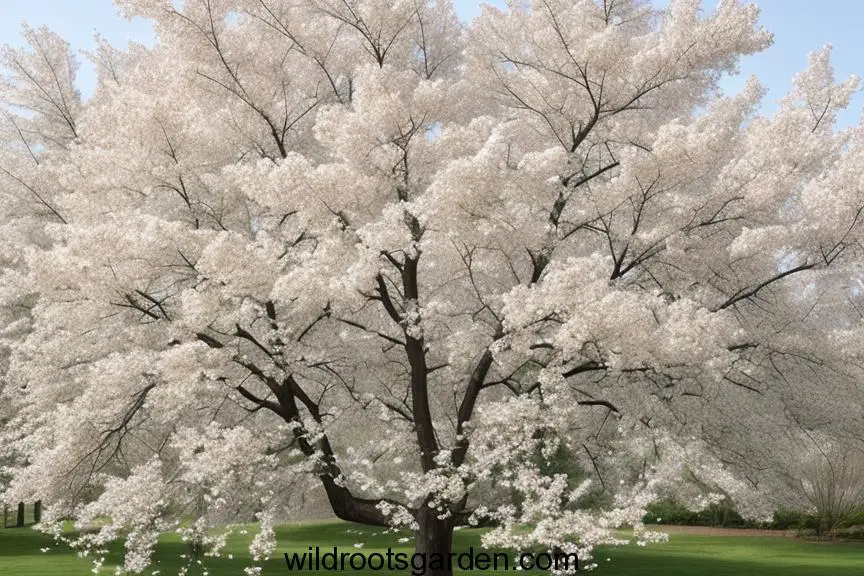How Long Does a Dogwood Tree Endure? Factors and Care Tips In the wild or optimal settings, dogwood trees thrive for up to 125 years. Under less ideal conditions, their vitality wanes within a few decades. Discover species-specific longevity and strategies to enhance your dogwood’s lifespan.
Dogwood Varieties & Lifespan Factors
The care and growing conditions have an impact on dogwood species’ lifespan variations. To prolong their lives, give their preferences top priority and stay away from risky situations. Different dogwood species have lifespans that vary, and care and growth conditions have a big impact on that. To prolong your dogwood’s life, prioritize its specific requirements and prevent unfavorable conditions.
Flowering Dogwood (Cornus florida)
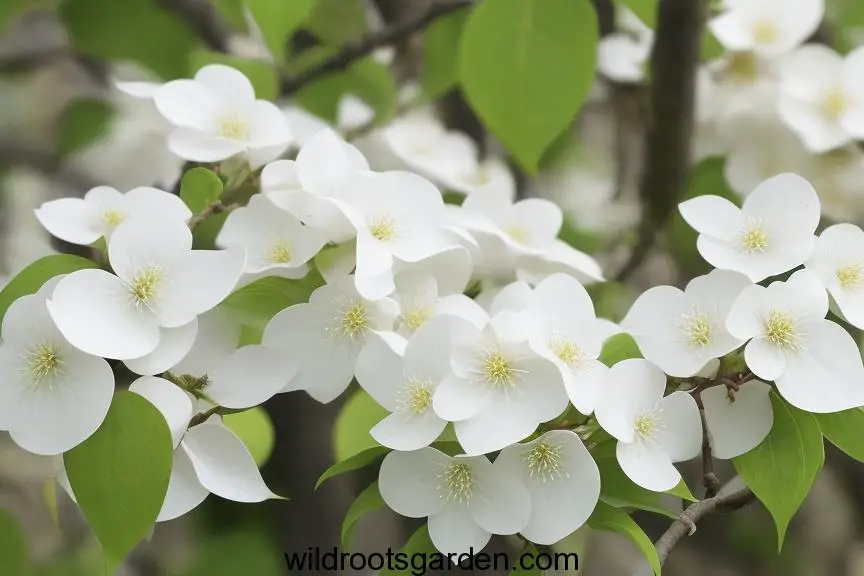
Life Expectancy of Flowering Dogwood
The typical lifespan of a Flowering Dogwood tree is about 80 years. However, under optimal conditions and with attentive care, this duration can extend to approximately 125 years.
Optimal Growth Conditions
Flowering Dogwood thrives within USDA hardiness zones 5 to 9. While it can tolerate full sun, excessive sunlight exposure can curtail its longevity. To promote robust growth, place the tree in an area where it gets partial shade – roughly 4 hours of direct sunlight daily, with the rest of the day in full or dappled shade. Overexposure to sunlight will lead to denser growth.
Soil Requirements
The tree thrives in fertile, slightly acidic to neutral soil. Though it can adapt to less favorable soils, this might compromise its overall lifespan. Well-draining soil is crucial, as Flowering Dogwood is vulnerable to damage from waterlogged conditions. Maintaining consistently moist soil is vital, as excessively dry soil can also hinder its longevity. To keep the roots cool during the summer, mulching is advisable, contributing to the tree’s extended lifespan.
Pink Dogwood (Cornus florida f. rubra)
Pink Dogwood Tree Lifespan
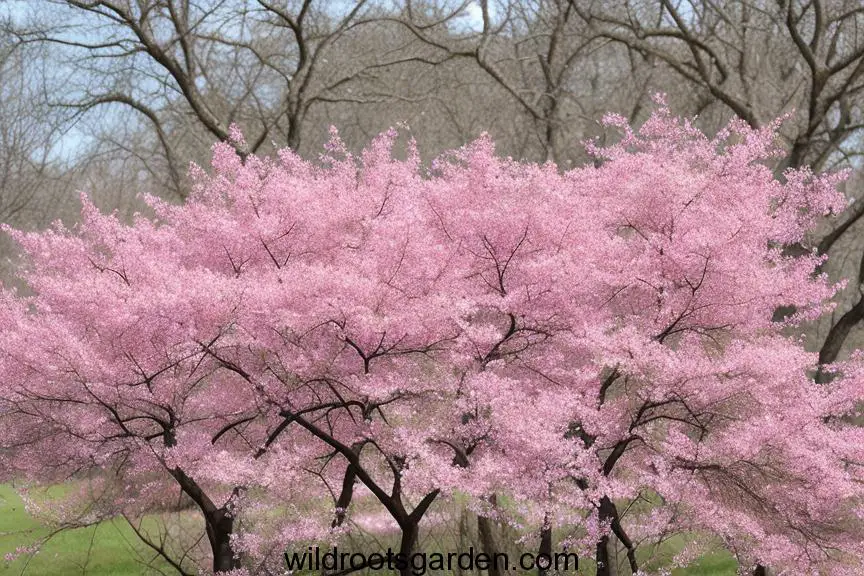
Under favorable circumstances, the Pink Dogwood, a flowering variety, typically lives for 80 to 100 years. If the tree’s optimal requirements are not met, signs of decline can manifest around the 50-year mark. Optimal Growth Conditions
Pink Dogwood flourishes within USDA hardiness zones 5 to 9. While it can tolerate full sun, its longevity is maximized when cultivated in partial shade. Ensure the soil it inhabits is enriched with organic compost to ensure fertility. If necessary, enhance drainage by incorporating sand, perlite, or gravel into the soil. Avoid exposing the tree by planting it in a sheltered location.
Japanese Dogwood (Cornus kousa)
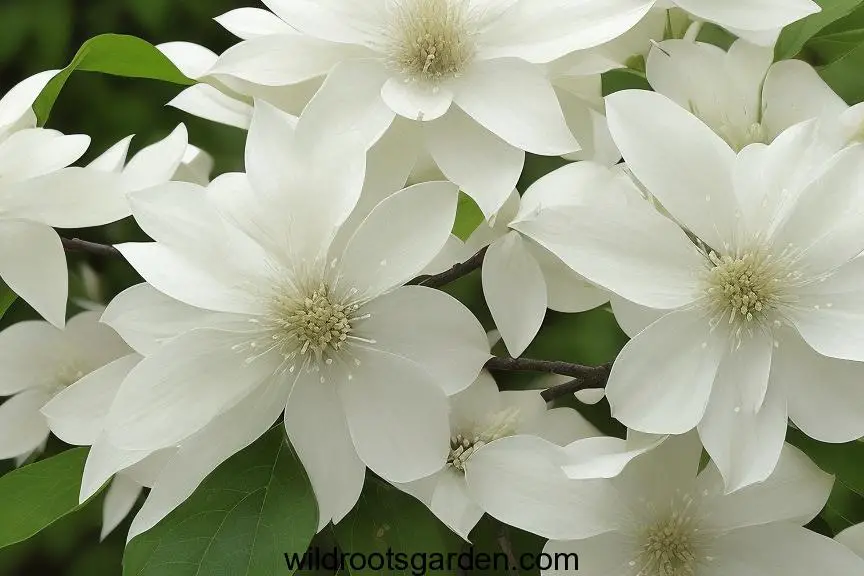
Japanese Dogwood Tree Longevity
The lifespan of the Japanese Dogwood tree varies significantly, ranging from 50 to 150 years, contingent upon the quality of care and environmental conditions it receives.
Optimal Growth Conditions: This tree is well-suited for cultivation within USDA hardiness zones 5 to 8. Flourishing in both full sun and partial shade, it serves as an excellent alternative to the Flowering Dogwood for sunlit areas.
Vital to the tree’s enduring health is the proper soil type. Hence, it’s essential to amend inadequate soils before planting. Japanese Dogwood thrives in soils that are fertile, enriched with organic matter, and boast effective drainage.
Steer clear of waterlogged soils, particularly clay or compacted varieties, to ensure the tree’s longevity. Bolster drainage by incorporating sand or grit into the soil, while enhancing fertility can be achieved by working compost or well-rotted manure into the substrate.
Once firmly established, Japanese Dogwood trees endure occasional drought periods; however, such conditions can weaken the tree and curtail its lifespan. Prevent soil desiccation and strive for consistently moist soil, especially when the tree resides in full sun.
Pacific Dogwood (Cornus nuttallii)
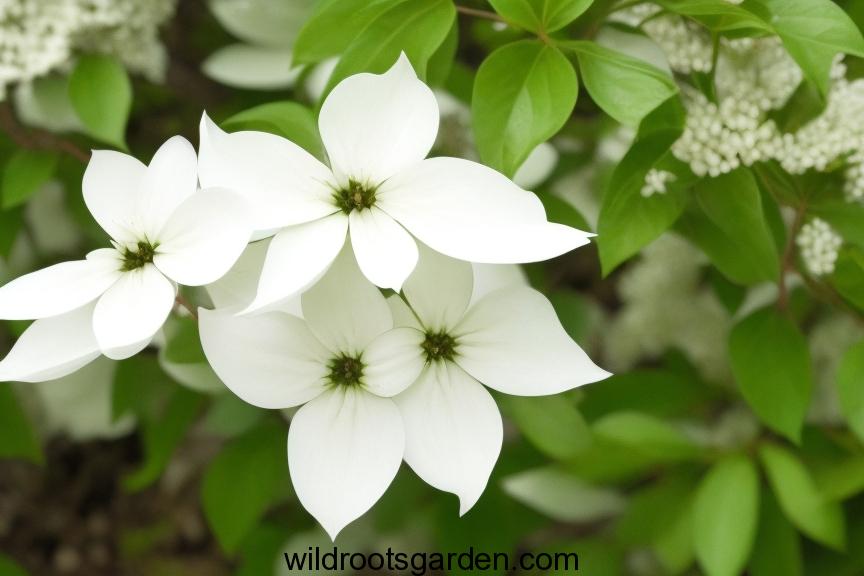
Pacific Dogwood Tree Lifespan
Under optimal circumstances, the Pacific Dogwood can thrive for an impressive 150 years. However, when its favored conditions are not met, its lifespan could be drastically reduced by several decades.
Optimal Growth Conditions
Thriving in warm climates, this tree is well-suited for cultivation within USDA hardiness zones 7 to 9. While it exhibits tolerance for both full sun and partial shade, choosing partial shade can substantially enhance its longevity. The Pacific Dogwood, once mature, displays a degree of drought tolerance. Nonetheless, it’s essential to maintain consistently moist soil to ensure its optimal health and lifespan.
Bloodtwig Dogwood (Cornus sanguine)
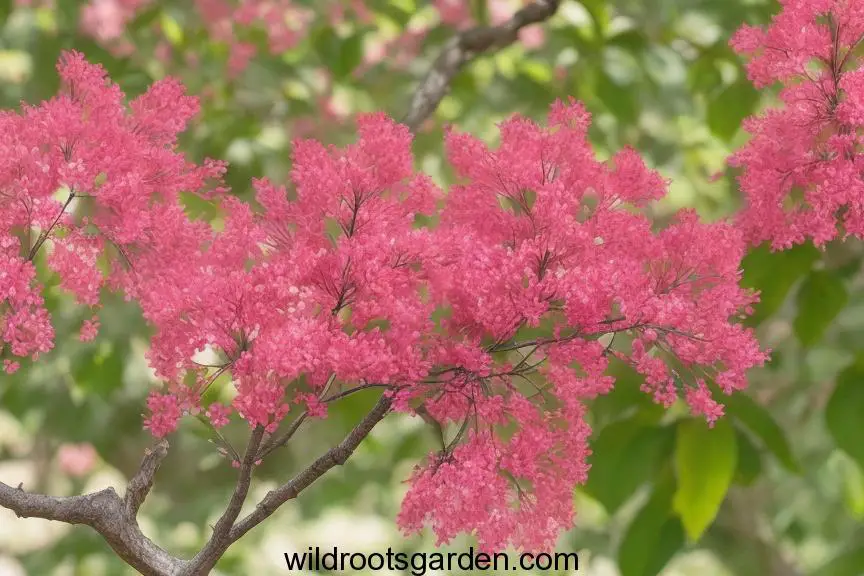
Bloodtwig Dogwood Shrub Lifespan
Under favorable circumstances, the Bloodtwig Dogwood can flourish for approximately 80 years.
Optimal Growth Conditions
This resilient shrub thrives equally well in both full sun and partial shade. Its adaptability is showcased by its suitability for USDA hardiness zones 4 to 7. The Bloodtwig Dogwood demonstrates flexibility in soil types, flourishing in consistently moist and well-draining soils. However, for an extended lifespan, prioritize organically rich, fertile soil to provide the best environment for your Bloodtwig Dogwood’s longevity.
Gray Dogwood (Cornus racemosa)

Gray Dogwood Plant Lifespan
Typically, Gray Dogwoods enjoy a lifespan ranging from 60 to 80 years. While they exhibit adaptability to diverse conditions, aligning with their preferred requirements can augment their longevity.
Optimal Growth Conditions
Gray Dogwoods flourish across USDA hardiness zones 4 to 8. While they tolerate full shade, they truly thrive in environments ranging from full sun to partial shade. To maximize the plant’s potential lifespan, refrain from planting it in deep shade.
The soil supporting Gray Dogwood should maintain a consistent moisture level and offer efficient drainage. Although not overly demanding about soil fertility, the plant prospers in average soil. While it does tolerate both dry and wet soil conditions, these extremes are not optimal. Prioritize preventing complete soil desiccation and ensure effective drainage to avert waterlogged conditions, ultimately promoting the plant’s well-being and extending its vitality.
Final Thoughts
In the realm of trees, the endurance of a Dogwood is a journey shaped by an interplay of factors. The lifespan of different Dogwood species spans a range, influenced by care, environmental conditions, and adherence to their preferred habitats.
Flowering Dogwoods, with proper care, can span 80 to 125 years, while Pink Dogwoods, thriving in partial shade, tend to stretch from 80 to 100 years. Japanese Dogwoods, given fertile soil and consistent moisture, boast a diverse range from 50 to 150 years. Pacific Dogwoods, embracing warmer climates, stand strong for up to 150 years under favorable circumstances. Bloodtwig Dogwoods, adaptable and resilient, usually thrive for around 80 years.
Gray Dogwoods, known for versatility, maintain a life span between 60 to 80 years, with a preference for conditions that align with their natural inclinations. This intricate tapestry of longevity underscores the importance of catering to the distinctive needs of each species.
Frequently Asked Questions
How long do Dogwood trees typically live?
Dogwood trees (Cornus spp.) generally have a lifespan of around 30 to 40 years. However, with proper care and a suitable growing environment, some varieties can live up to 50 years or more.
What factors can influence the lifespan of a Dogwood tree?
Several factors affect the longevity of Dogwood trees. Soil quality, moisture levels, exposure to sunlight, disease management, and overall tree health play significant roles in determining how long a Dogwood tree will endure.
Can Dogwood trees survive extreme weather conditions?
Dogwood trees are hardy and can withstand a range of weather conditions. However, extreme weather, such as prolonged drought, severe cold, or intense heat, can stress the tree and impact its longevity. Providing adequate care during such conditions can help the tree endure better.

